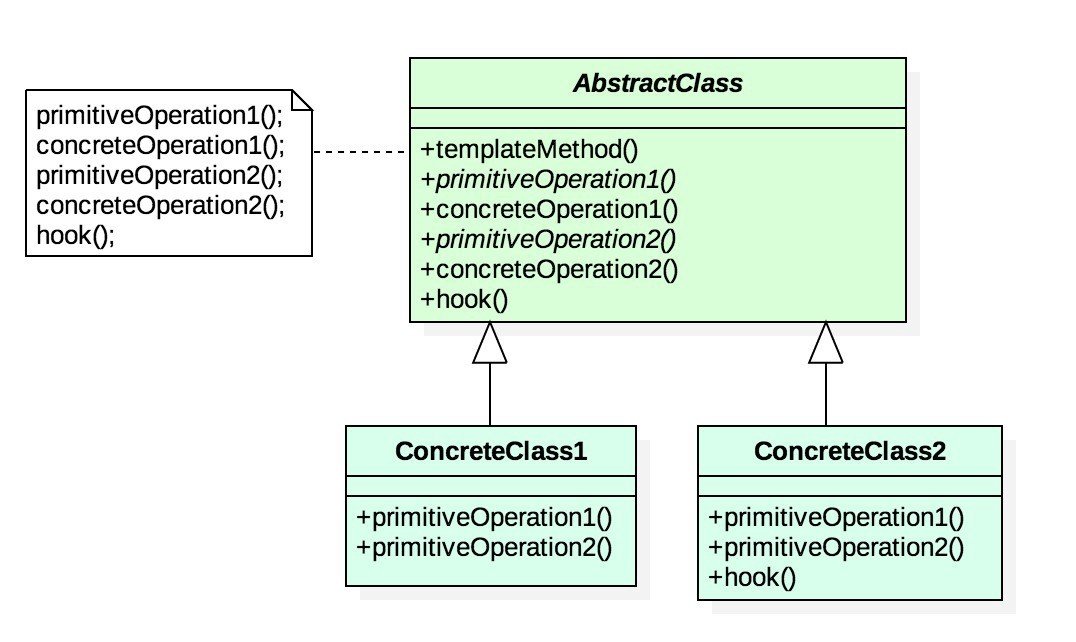COMP2511
Week 9
TUESDAY 9AM - 12PM (T09B)
TUESDAY 1PM - 4PM (T13B)
This week
- Template method pattern
- Decorator pattern
There are assignment-ii interviews week 9 and week 10. You have to do it at least once otherwise you will not get marked.
Contribution. Feel free to speak to me privately.
Week 10: Kahoot & Revision. Email me if you want to cover something specific.
Template Pattern
Template Pattern
What kind of design pattern is it?
Behavioural
- Template method pattern defines a skeleton (structure) of a behaviour.
- The template method calls primitive operations, that could be implemented by subclasses OR has default implementations in abstract super class.
- Subclasses can redefine only certain parts of the behaviour without changing the other parts of the structure.


- Primitive operations: Operations that have default implementations, or must be implemented by subclass
- Final operations: Concrete operations that cannot be overriden
- Hook operations: Concrete operations that do nothing by default and can be redefined by subclass if necessary. This gives the subclass the ability to "hook into" the algorithm at various points
Template vs Strategy
- Template method works at the class level, so its static
- Strategy works on the object level, letting you switch behaviours at run-time
- Template method is based on inheritance: Alter parts of the algorithm by extending those parts in subclasses
- Strategy is based on composition: You alter parts of the object's behaviour by supplying it with a different strategy
- Strategy can change their behaviour after creation (supply with new behaviour), templates cannot change behaviour after construction
Decorator Pattern
Decorator Pattern
What kind of design pattern is it?
Structural
- Adds functionality to a class at run-time. Used when subclassing would result in an exponential rise in new classes
- Attaches additional responsibilities to an object dynamically
- Avoids implementing all possible functionality in one complex class
- Prefers composition over inheritance
Adding behaviour to an object, without opening the object up (i.e., rewriting its contents) and changing it.
Decorator Pattern

- Client: refers to component interface
- Component: defines a common interface for Component1 and Decorator objects
- Component1: Defines an object that gets decorated
- Decorator: maintains a reference to a Component object, and forwards requests to this component object (component.operation())
- Decorator1, Decorator2, ...: implement additional functionality (addBehaviour() to be performed before and/or after forwarding a request)
Decorator Pattern
public interface Component {
void doOperationA();
void doOperationB();
}
public class ConcreteComponent implements Component {
@Override
void doOperationA();
@Override
void doOperationB();
}
public abstract class Decorator implements Component {
private ConcreteComponent cc;
}
public class ConcreteDecoratorX extends Decorator {}Code Demo
Template
MyExperience
Attendance
Feedback

COMP2511 Week 9 22T3
By kuroson
COMP2511 Week 9 22T3
- 418



